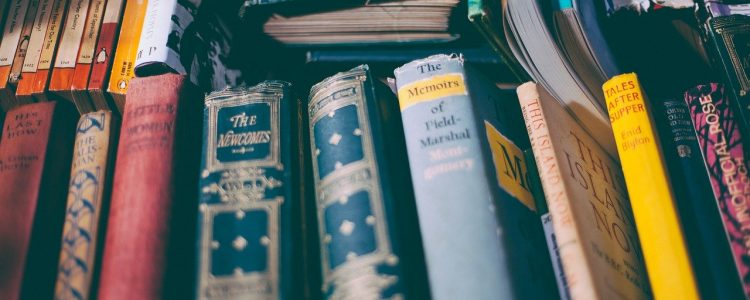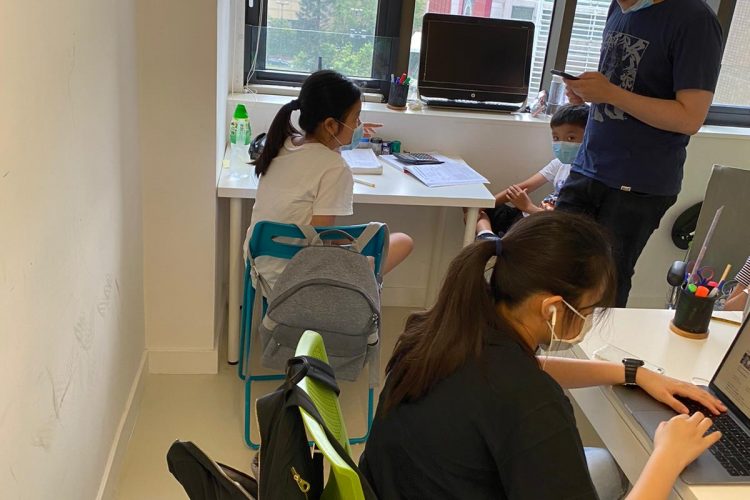
Structure of IB
The IB generally has 6 main classes, each class from a group as illustrated below. The subjects that are actually available for your choice vary from school to school and each class has versions in the Standard Level (SL) or Higher Level (HL). According to IBO, the SL level requires 150 hours of instruction and the HL level requires 240 hours. IB Diploma is a 2 year program and the HL is observably more rigorous than the SL.
Here is the breakdown of each subject group.
Group 1: Studies in Language and Literature: Usually the IB English A course. You are expected to deliver a high volume of essays/ responses to different genres of literature. The final exam has writing and oral components.
Group 2: Language Acquisition: This is the IB foreign language course (either A or B module). The most popular languages are Chinese, French and Spanish.
Group 3: Individuals and Societies
Group 4: Experimental Sciences: This is the science component and you get to choose from Chemistry, Biology and Physics. Applied base research projects at university first year level is commonplace
Group 5: Mathematics: IB Maths SL Algebra, trigonometry, geometry, statistics, calculus is covered.
Group 6: The Arts: Art Elective
So How do we prepare for the IB?
When the IB first started, students can expect to drill past exam papers seriously; top scores come naturally with serious work. As the IB curriculum continues to evolve, this is becoming less the case. More than ever, students are required to exhibit their understanding and make educated inquisitions thoroughly. Without years of solid foundation in the subject matter, these skills will not be attainable.
Preparing for IB takes years of hard work. Despite that the actual final exam does not come until grade 12. The preparation should start as early as grade 4, especially with Maths and English subjects, as numeracy and writing skills is all about practice and familiarity.
What is IB?
The IB program is also known as the International Baccalaureate program. It has 3 components, namely the DP (G12-13), MYP (G7-13) and PYP for 3 stages of learners. The program is highly competitive and requires students to have thorough understanding of the topics, regardless of the subject. Today, many countries (including Hong Kong ) regard an IB diploma as equivalent to their own country’s secondary school diploma. This provides for a great alternative to students thinking about going to universities in the US/ UK and other countries outside of HK.

IB Program Features
Students are also required to take at least 3 (but not more than 4) HL subjects and the remaining 3 or so SL, meaning that roughly half of the courses are HL.
Compared to IAL/ IGCSE, this program may look confusing at first glance as the school teacher has some degree of autonomy to choose what topics to be covered, and how it should be covered. For instance a maths teacher at School A would include topics that might not be covered in another school, even both schools follow the IB program. At the exam, students may actually come across topics that might not be covered in school at all. The uncertainty that entails could surprise some students.
